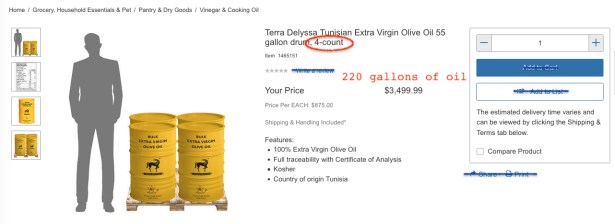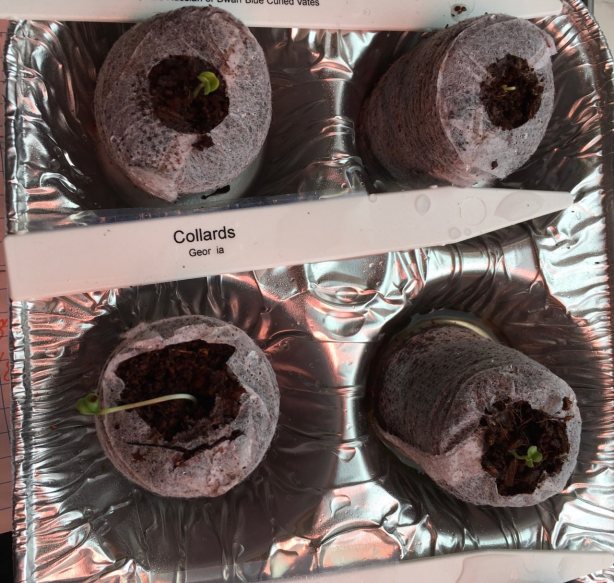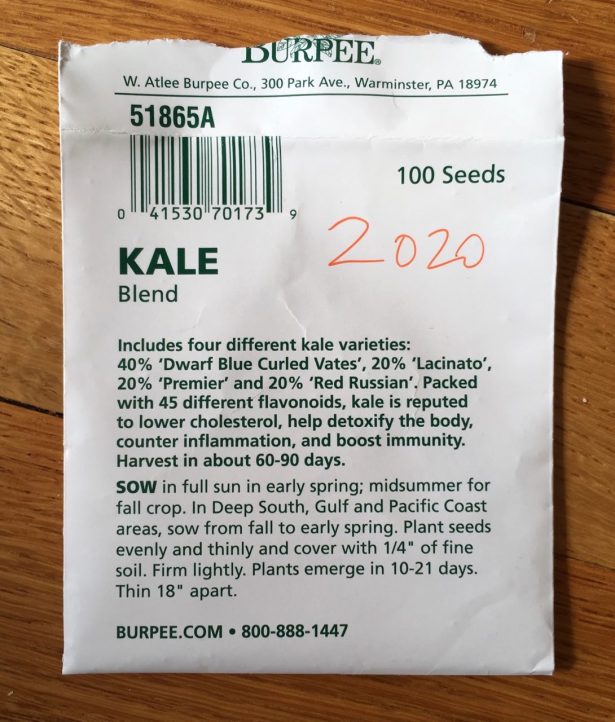Because I’m in the 99th percentile for having strong opinions, a recent Washington Post article about some states experimenting with “vehicle-miles driven” (VMT) taxes in place of gasoline taxes got my attention. I’ve been complaining about the rampant up-ramping inadequacy of taxing only gas as a proxy for road usage for years.
Wear & tear is a cost of all cars, not just gas burners
Though they use less gasoline, it is obvious that hybrid and electric cars also cause wear and tear on roads, just like those powered by internal combustion engines do. Excluding those which weigh less than an average human being, every driver of any* vehicle on the asphalt should be paying a share of maintenance for streets, tunnels, and bridges.
First let me point out that I think eliminating the gas tax entirely would be stupid. We should continue to tax fuel purchases for as long as they occur commercially because burning gas directly tracks with carbon dioxide emissions. Every breathing creature on the planet is affected by that pollution, not just the people driving automobiles. Taxing it is just!
I believe America’s leadership made a terrible mistake when it didn’t radically increase the fuel tax after 9/11. At that moment, patriotism might have mitigated the political hit. The true cost of every gallon of gasoline includes our spending on wars in the Middle East, defense against terrorism, and the ongoing environmental damage of carbon emissions and oil spills.
Gas is a dirty fuel in every sense of the word.
With that being said, even 100% electric vehicles are not without deleterious effects upon our motorways. Never mind the generation of electricity—environmental issues there can be managed via different levers—but consider the physical reality of the cars themselves. A 2021 Toyota Camry rolls 3310 to 3475 lbs around our pavements depending upon trim level; a Camry Hybrid weighs in at an even heftier 3580 lbs.
That hybrid is eating some asphalt.
Space is occupied by hybrids as readily as by conventional cars
Add road congestion, parking issues, and traffic to the question of wear and tear. Engine type doesn’t affect those either.
To be clear, my position is that a combination of a fuel tax collected at the gas pump and VMT computed from individual vehicle data should start out with a total tax burden similar to today’s for a typical driver—specifically, those opting for efficient, mid-sized cars traveling an average number of miles.
I’m not advocating for a sudden huge jump in tax collection—though I believe most of us should be paying more than we do now to reflect the true cost of operating private vehicles—but for the choice of vehicle combined with actual miles driven to dictate the total tax burden per driver.
Allowing these rates to rise gradually over time would protect commuters from a sudden financial shock while allowing for desperately needed infrastructure improvements to begin across America. Escalating costs for operating outmoded, oversize vehicles in inappropriate environments would also nudge manufacturers and consumers toward more rational conveyances designed specifically for the types of trip actually being made day in and day out.
That Camry I mentioned occupies about 96.6 square feet (192.1″ x 72.4″ per Toyota’s specs) standing still. I’m pretty broad in the beam, yet my own standing square footage requirements are about 1.5′ × 1′ or 1.5 sq. ft. 
For reference: An average bicycle is 68″ long by roughly 24″ wide; therefore, a bike occupies about 11 ¹⁄3 sq. ft.
Here’s a quick visual comparison of the relative square footage occupied by a human body (lady) vs. an average bike vs. that same Toyota Camry. Remember to consider this graphic should be multiplied by the almost 8 billion human inhabitants of planet Earth to fully grasp the big picture.
As a person with some physical disabilities, I’m hardly suggesting that all of us should walk or bike everywhere instead of using powered machines we’ve improved for that purpose over the course of millennia. Still, I’d argue that the ideal single person vehicle should be much closer to the size and weight of a bike‡ if not the human body itself vs. a Heavy Duty pickup truck or even a sedan like that Camry on which I keep picking.
Even “compact” private vehicles operating with single passengers are a wildly inefficient use of space. That’s a more noticeable issue in dense cities, but the inappropriateness is blatant in any context given a modicum of though.
Again, as a person with physical limitations, I remain loathe to ban passenger cars outright from most spaces—even urban cores—but I absolutely support governmental policies that reflect the full, true costs of our dependence upon personal vehicles sized to hold entire families or a small sports team yet routinely carrying individual bodies.
A preposterous percentage of Americans—who carry multiple occupants on a given vehicular trip only 49% of the time, on average, per 2011 data from the U.S. Department of Transportation Bureau of Transportation Statistics—elects to drive something rather larger than a sedan.
According to Edmunds, in 2020, four of the top ten “Most Popular Cars in America” were full size trucks; three others were SUVs. That makes 70% of the favorite American choices for mostly carrying one human body even larger than the Camry I’ve been offering as an example of a standard passenger car.
According to this Bloomberg City Lab article, “Since 1990, U.S. pickup trucks have added almost 1,300 pounds on average. … the biggest vehicles on the market now weigh almost 7,000 pounds.” It would appear that human bodies in America aren’t the only ones experiencing an obesity epidemic.
The way that larger trucks have regulatory status as commercial machines, not passenger vehicles, making them exempt from EPA fuel economy reporting rules must be addressed. A solo commuter to an office should pay—literally, via her tax bill—for inefficient choices that affect others.
Those hauling heavy machinery or farm equipment may be reasonably held to a different standard of taxation. Differentiating between legitimate commercial vehicles and passenger use in calculating VMT strikes me as wise.
Major popular objections to VMT as implemented in 2021
Returning to the specifics of the states currently enacting—or testing— VMT in 2021, two major objections are noted (from the same Post article from paragraph one, bolded emphasis mine):
“Surveys of drivers involved in pilot programs revealed questions of privacy and data security as top concerns. Many environmentalists also are opposed, saying that taxing gasoline also[sic] is also an effective tax on carbon dioxide emissions. Under a miles-driven system, the highest-emission vehicles stand to gain a tax break.”
I see simple solutions to both of these non-problems with implementing a sensible VMT.
Environmental solution via VMT: factor in weight
To address the concern that fuel-guzzling trucks and SUVs will be under-taxed given their tendency to pollute, the miles driven tax rate ought to be multiplied by the weight of the vehicle.
Accounting for actual weight corrects for the environmental damage done by over-sized SUVs and pickups used frivolously in place of fuel efficient passenger cars for urban commuting. A Gross Vehicle Weight Rating (GVWR) is already required of all manufacturers. Use that information to tax drivers based upon their chosen vehicle multiplied by the number of miles s/he drives. That result offers a pretty reasonable assessment of how much wear and tear one individual puts on our public roads.
I believe the best policy in a free society is to allow the real price of operating even the most bloated conveyance to convince drivers to make better choices when conscience fails. I wouldn’t ban Hummers, but I’d like to see their owners pay for more of what they’re currently getting away with stealing from future generations.
Allow people to continue to “express their individuality” by driving one of the most popular “cars” i.e., full sized trucks if they wish, just make them pay their fair share of what they’re using.
Privacy objection to VMT: read the odometer, stupid
The privacy issue is hugely important to me, but carrying an intrusive GPS tracking device† at all times is hardly the only option for implementing VMT.
You don’t need location data to assess miles driven. There’s an odometer built into every modern vehicle.
States like mine already require annual safety inspections of any vehicle operating on public roads. Adding an odometer reading to that process—done in state-certified facilities in every community—would add only a trivial amount of time and effort to that process. Remitting one’s “actual miles driven” tax after an annual safety or emissions inspection could be required before new window or license plate stickers were provided.
States could offer tracking devices like those used in Oregon’s program to those who prefer to pay smaller, more manageable, more frequent periodic bills, but also allow drivers to accrue billable mileage with collection due quarterly, annually, when registrations are renewed, or simply upon sale of the vehicle. That could lead to a large tax bill for someone making the latter election, but it effectively removes all privacy issues from the tax.
Odometer readings could be self-reported or taken at government facilities or in approved private garages such as car dealerships or service stations; any discrepancies could be caught upon sale or transfer of the vehicle. Deposits based upon averages—the individual’s historic mileage as these programs persist over the years or from data captured by auto insurance actuarial tables—could be held in escrow by the state if necessary.
In the longer term, odometers could be designed to transmit readings without coupling that information to GPS location data. Data transmission of this type is well within the bounds of current technology.
In short, there are no insurmountable technical or privacy obstacles to implementing a fair, cost-effective collection of VMT in 2021.
Bigger, heavier vehicles take up more than their fair share of space, they cause roads to deteriorate faster, and they represent a greater threat to the health and safety of pedestrians, cyclists, and other motorists. A properly designed VMT should tax individuals for their choice of vehicle in combination with the quantity of miles driven. That would be by far the most fair and reasonable option I can imagine.
♦
* Though this may not be a universal position, I believe that every human has the right to navigate the world under his or her own power without taxation. Bicycles and skateboards probably do exert a small toll upon the surfaces they transit, but I suspect their effects are negligible compared with that of most powered conveyances.
‡ The electric bike pictured in the photo to the right of the construction trucks was used by my father to commute to his last full-time professional job before retirement. He was in his 60’s at the time and found the electric motor assist necessary to cope with a particularly steep hill between home and office. To be fair, he always had access to a car for days when the Oregon weather made cycling miserable or unsafe, but Dad makes a fair proxy for a non-young, not-above-average-in-fitness commuter.
† Again, from the same Washington Post article, here’s a description of how Oregon is currently implementing its VMT program:
“Participants in the state have three ways to sign up — two privately run systems and one administered by the state Department of Transportation. The private companies send drivers a device that logs where and how much they drive or pull the data directly from vehicles. Then they send out bills and turn over the revenue to the state. Drivers get reimbursed for gas taxes they pay at the pump.
The companies keep drivers’ data for 30 days, and participants have options that include not sharing information about their locations.”

















 At this point, having lifted the box and found it very heavy for its size, I realized my error. The logo I’d mistaken for Lake Champlain Chocolates’ rather coy deer was, in fact, the similarly high-stepping horse on a case of two large 3 Litre cans of
At this point, having lifted the box and found it very heavy for its size, I realized my error. The logo I’d mistaken for Lake Champlain Chocolates’ rather coy deer was, in fact, the similarly high-stepping horse on a case of two large 3 Litre cans of 





 Not strictly Biblical, this phrase comes to us mostly thanks to Chaucer and Saint Jerome. See line 1595 of the former’s
Not strictly Biblical, this phrase comes to us mostly thanks to Chaucer and Saint Jerome. See line 1595 of the former’s 